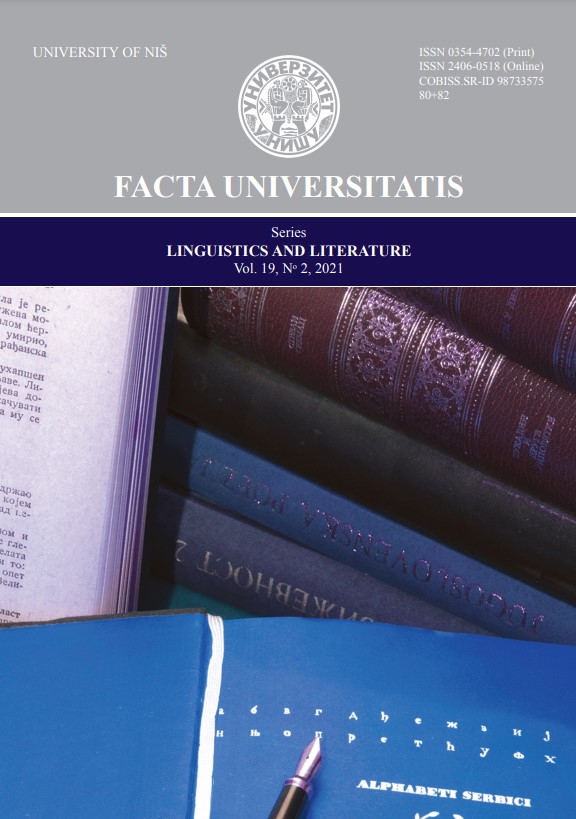TEMPS, ASPECTS ET MODES DANS LES CONSTRUCTIONS AVEC VERBES AUXILIAIRES EN KIRUNDI (BANTOU, JD62)
TIME, ASPECTS AND MODES IN CONSTRUCTIONS WITH AUXILIARY VERBS IN KIRUNDI (BANTOU, JD62)
Author(s): Pascal Tuyubahe, Epimaque Nshimirimana, Manoah Joel MisagoSubject(s): Morphology, Syntax, Lexis
Published by: Универзитет у Нишу
Keywords: Kirundi; tense; aspect; mood; auxiliary; main verb
Summary/Abstract: In Bantu languages, an auxiliary verb is accompanied by another verb (conjugated or not), both of which may have the same agreement marker. The aim of this article is to show that in Kirundi language, not all tenses, aspects or moods are possible for all auxiliary verbs and that these can impose restrictions on the use of the tense, aspect and mood of the main verb. The variation in tense, aspect and mood of the auxiliary verb and the main verb in a sentence has produced two classes of auxiliary verbs: a) tense auxiliaries which can have only one grammatical tense and b) non-auxiliary verbs which can have any tense form. The use of tense, aspect and mood of the main verb depends on the double status of the auxiliary. The analytical constructions of the auxiliary verb with the main verb also allow different temporal and aspectual forms in Kirundi.
Journal: FACTA UNIVERSITATIS - Linguistics and Literature
- Issue Year: 19/2021
- Issue No: 2
- Page Range: 337-356
- Page Count: 20
- Language: French

